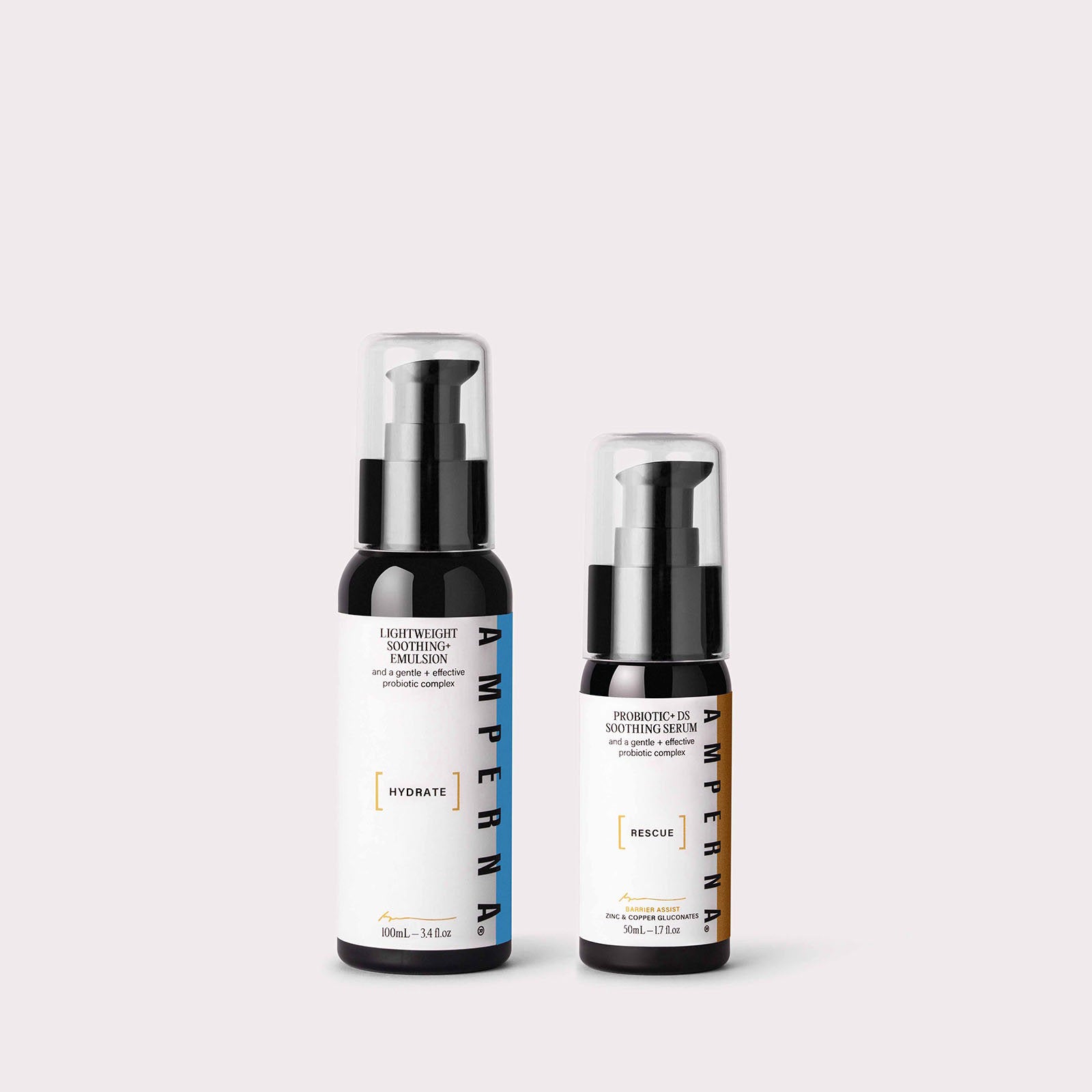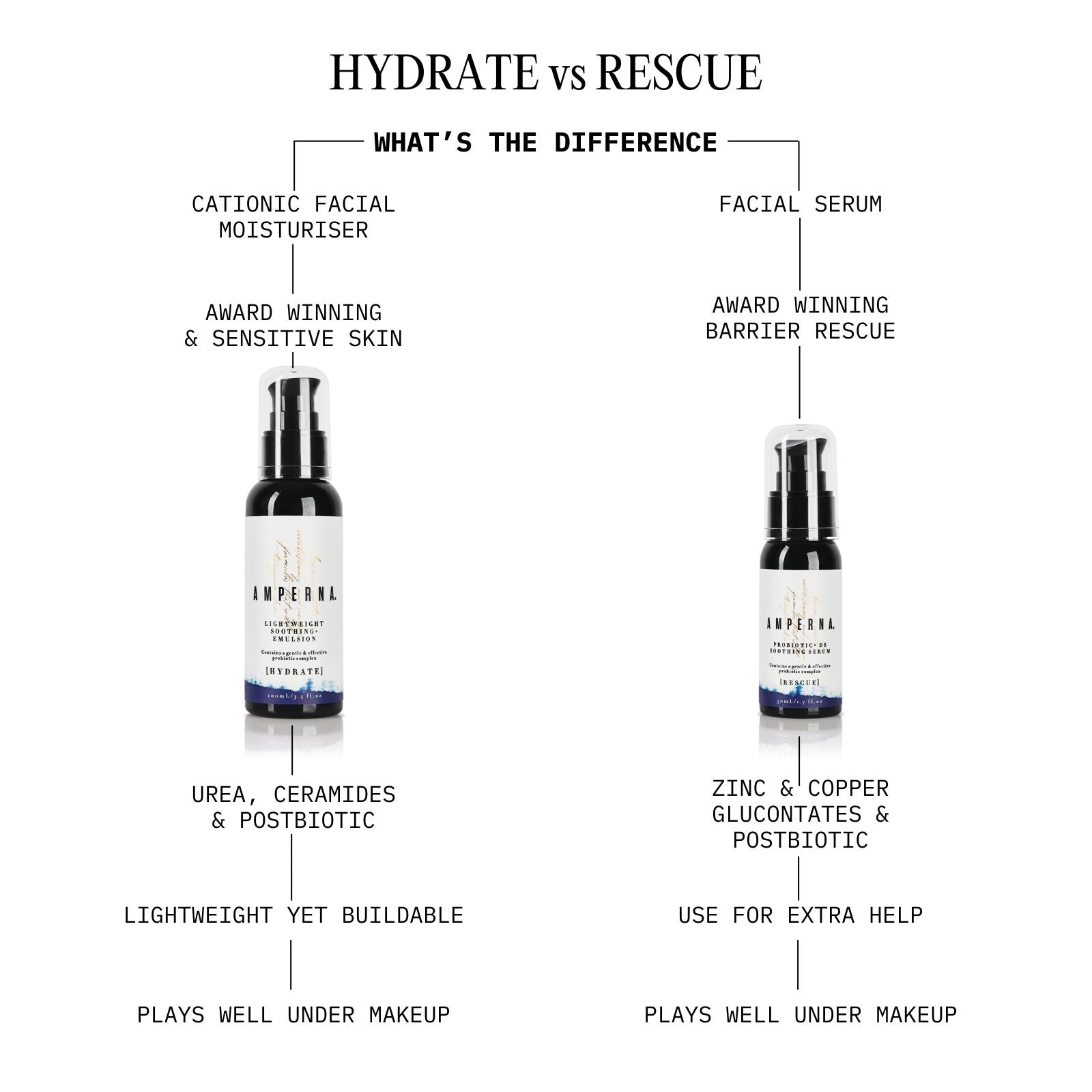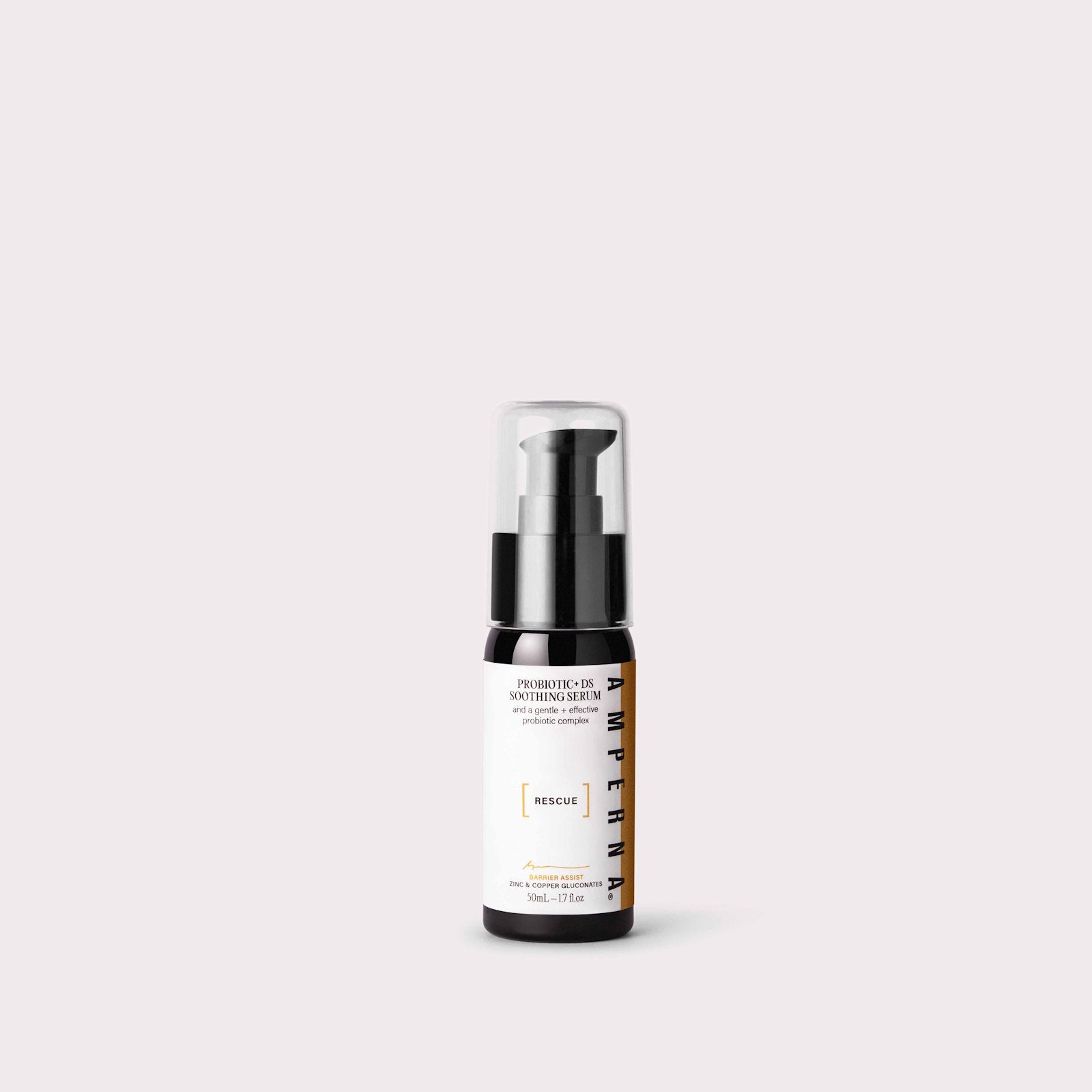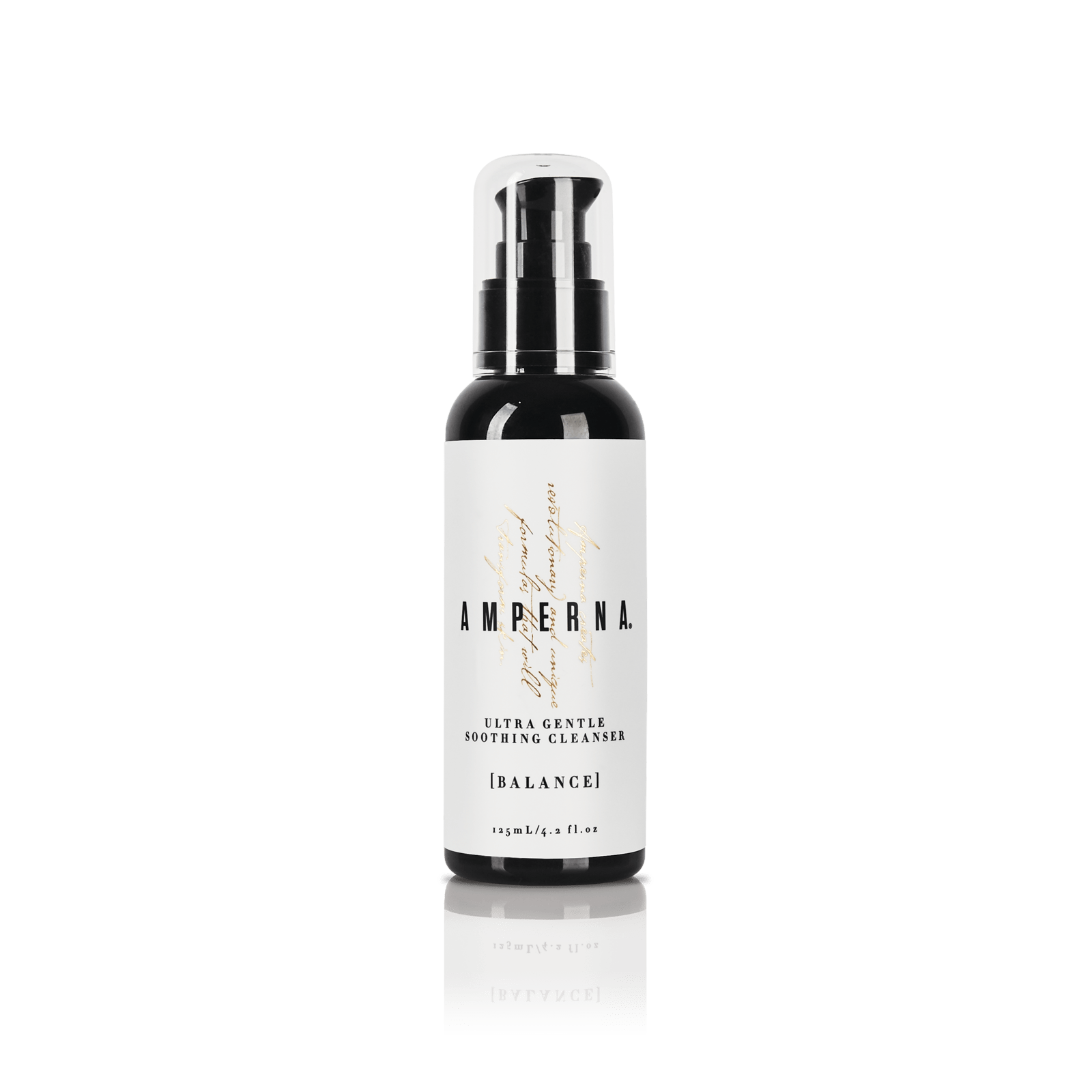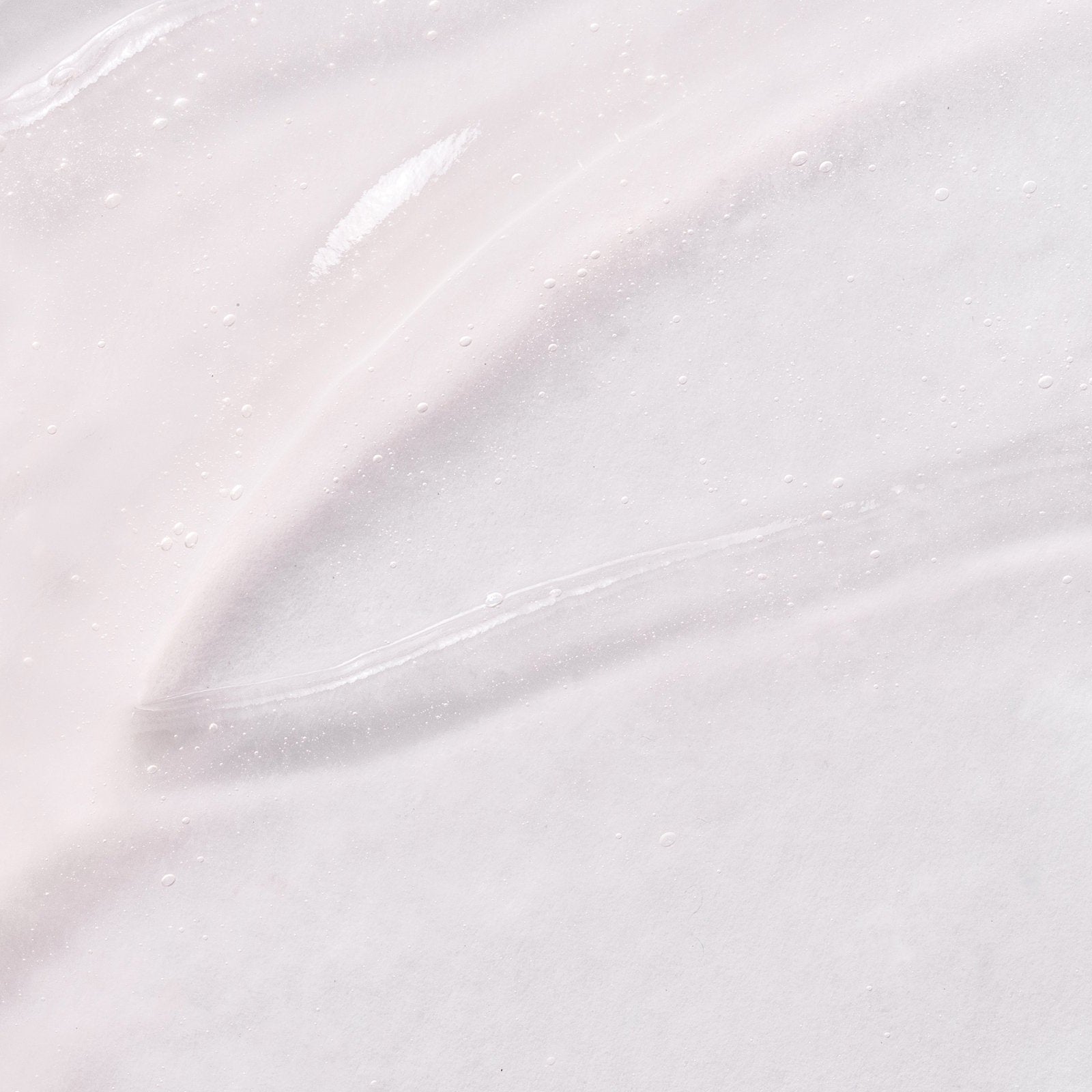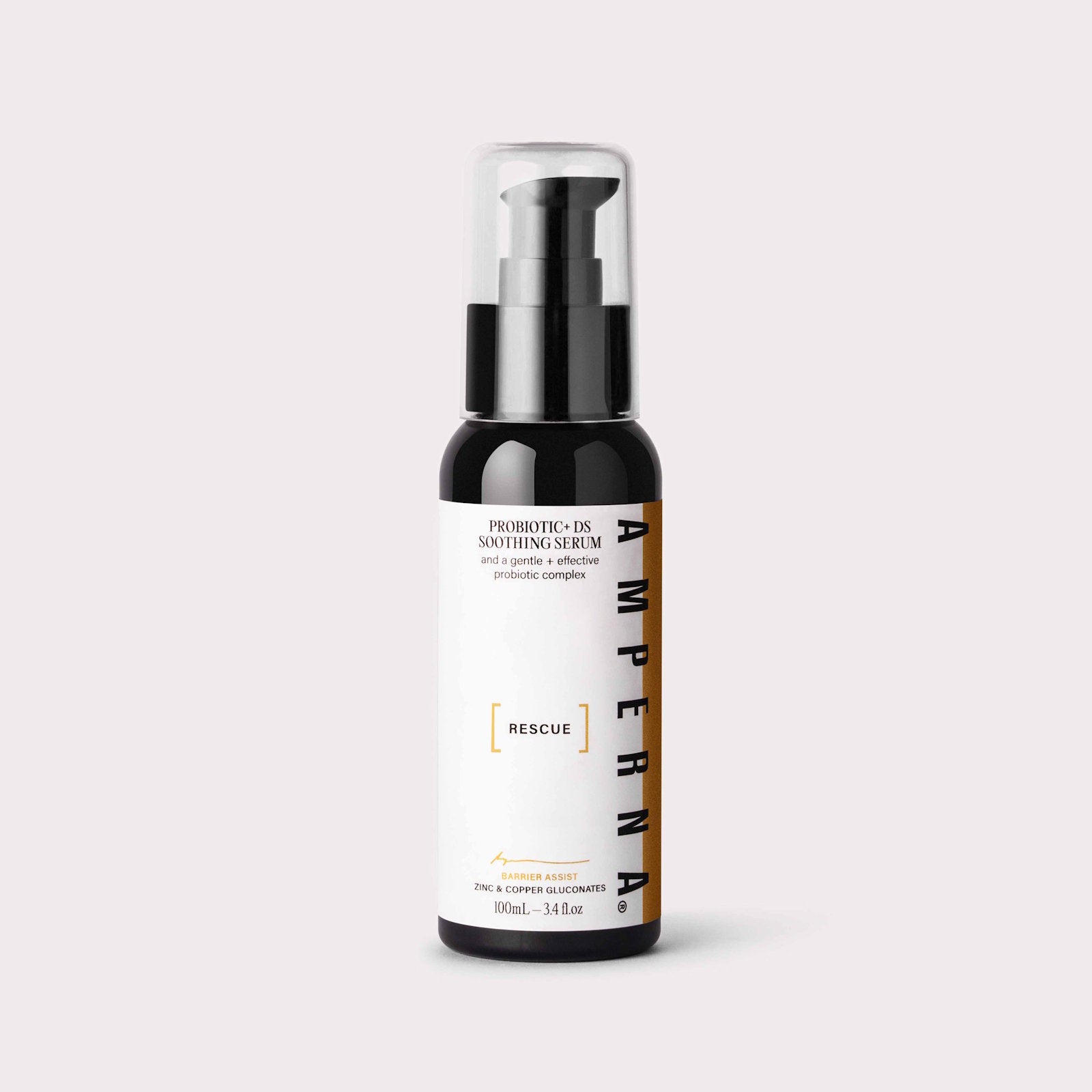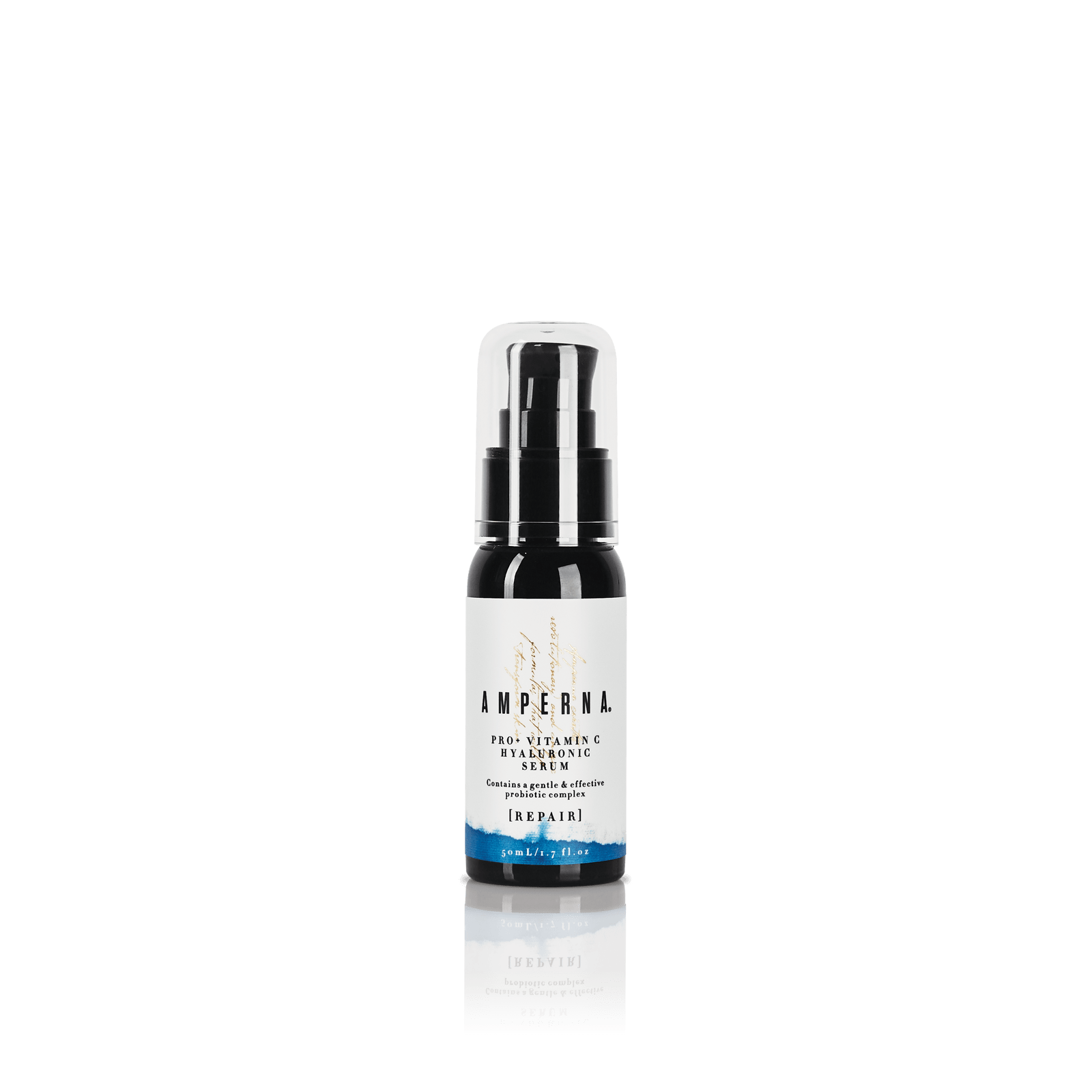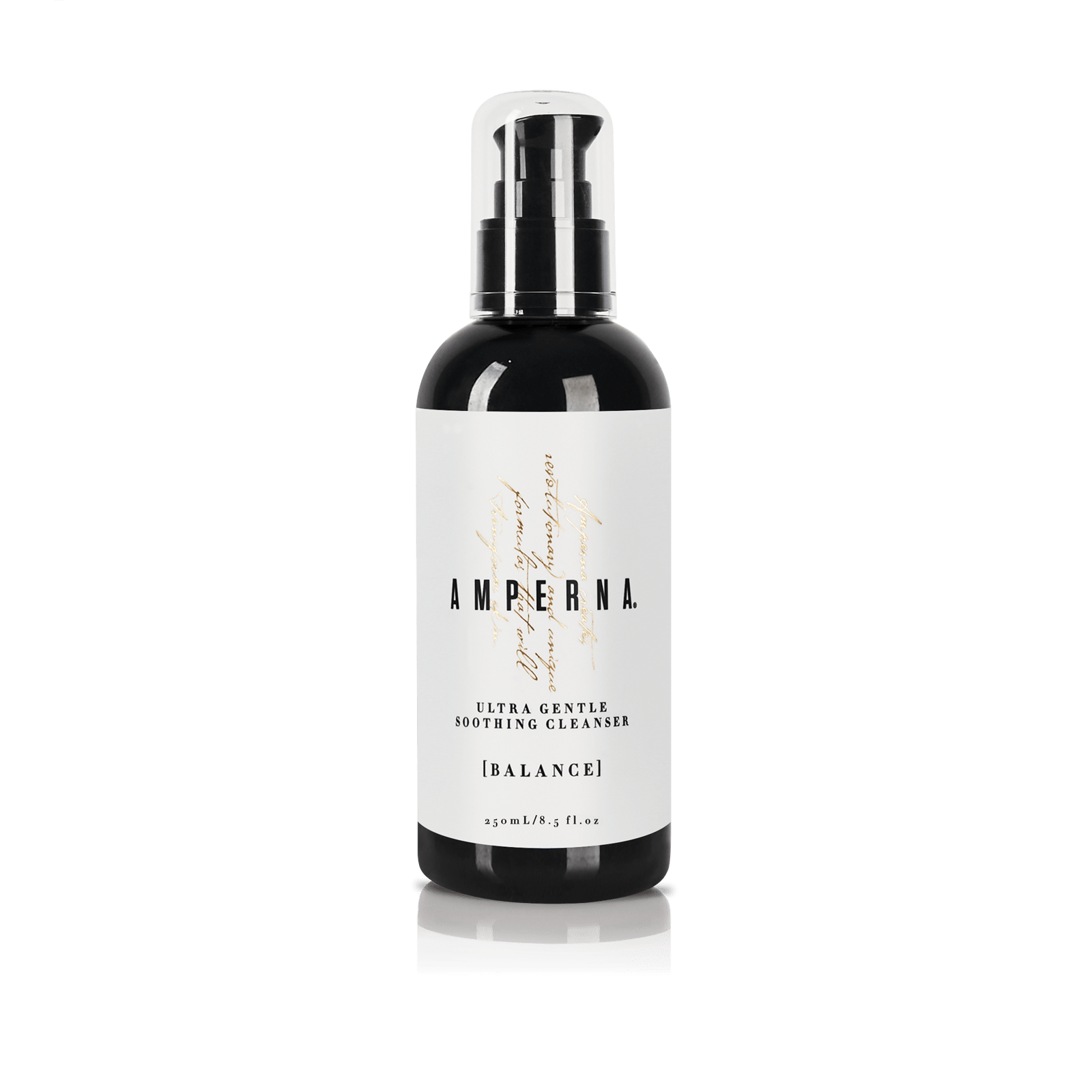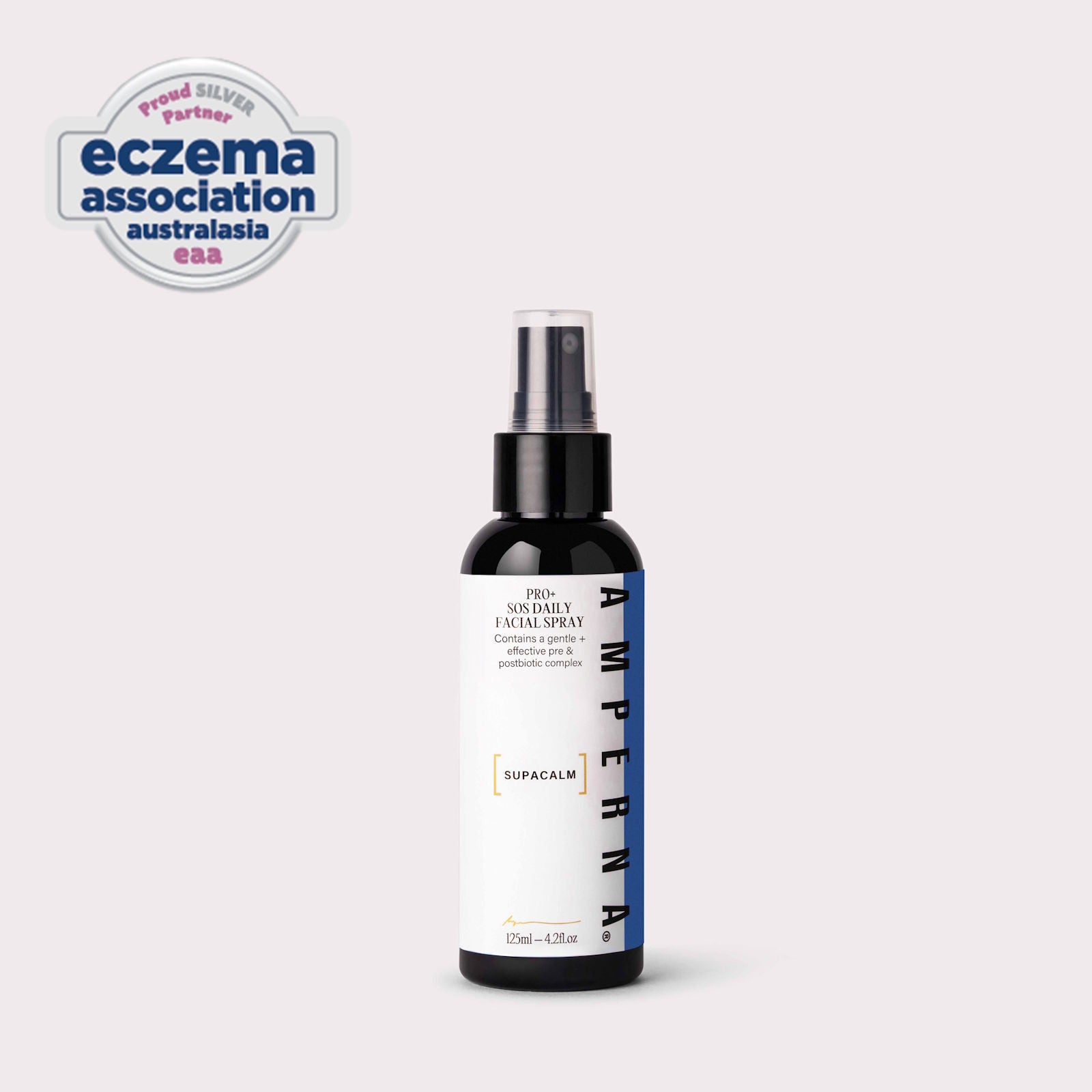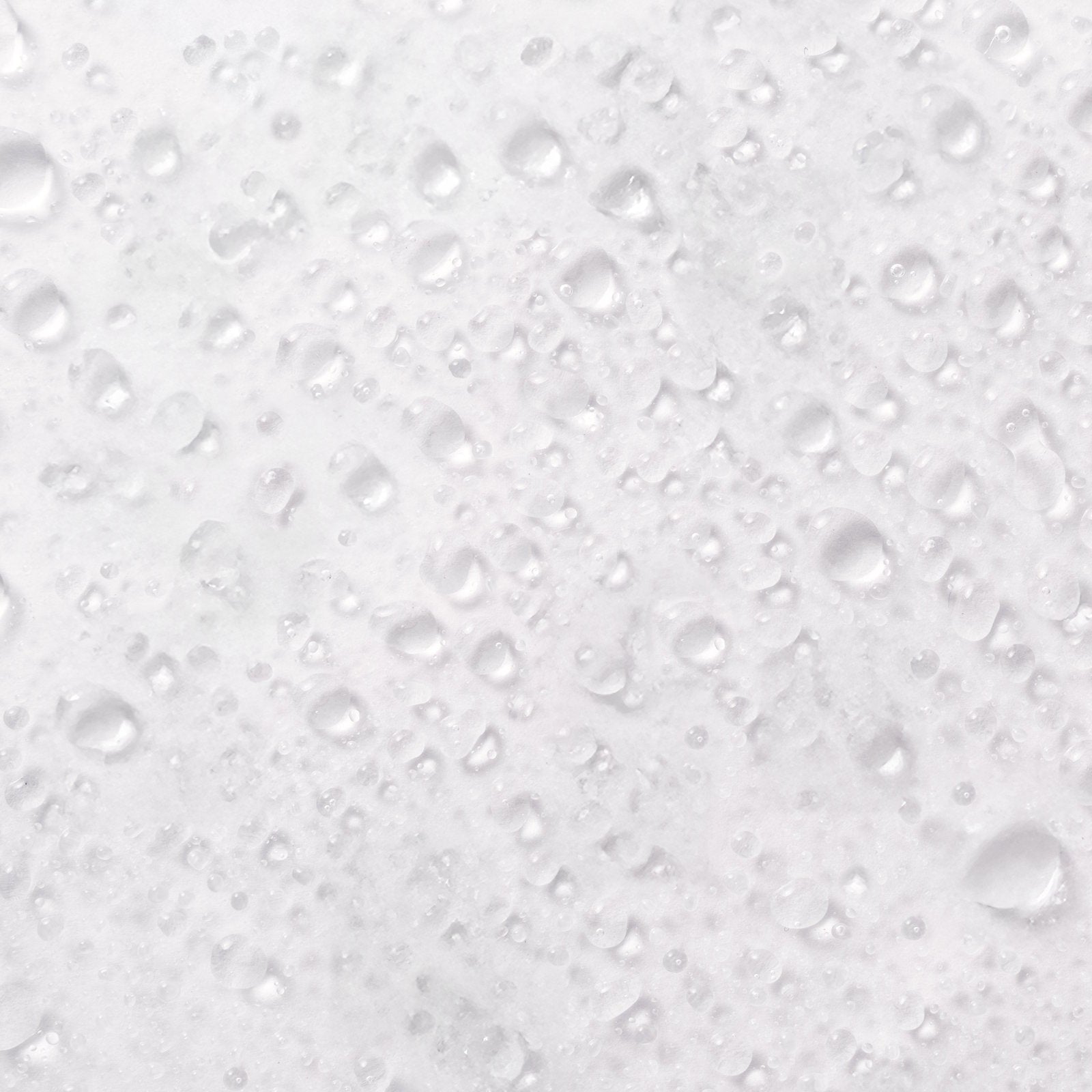Does your child suffer from red itching skin caused by dermatitis? Do you suspect your baby or child has perioral dermatitis? You have come to the right place. Read on to find out ways you can soothe and help your loved one's sore, itchy skin.

What is Dermatitis?
Dermatitis is a type of eczema that causes inflammation and irritation to the skin. The terms dermatitis and eczema are often used interchangeably. There are several types of dermatitis which include atopic dermatitis, contact dermatitis, perioral, periocular and seborrheic dermatitis (cradle cap).
Atopic Dermatitis
This is the most common type of dermatitis affecting babies, toddlers and young children. It usually starts in infancy or early childhood, sometimes it is due to our gene type and other times caused by external factors. Symptoms can appear when the immune system goes into overdrive, triggered by something in the child’s environment.
Symptoms include:
- Itchy skin
- Redness and rash
- Skin that is very dry or scaly
- Open, crusted or weepy sores
These symptoms usually start on the face or on the elbows and knees. It may then spread to other areas of the body. If the sufferer continues to scratch or rub their skin, the skin may become thicker and, in some cases, it can become infected and small bumps with pus appear on the surface.
The treatments for atopic dermatitis will depend on the severity of each case. Common treatments are topical medications; phototherapy, a form of light treatment; or prescribed immunosuppressant drugs from your doctor.
Contact Dermatitis
Contact dermatitis is a skin reaction from contact with certain substances in the environment that your child may be allergic to. The three most common types are irritant, allergic and contact urticaria (hives).
- These cause direct skin irritation and inflammation. They are the most common cause of contact dermatitis. It can develop very quickly when the skin touches an irritating chemical that breaks through the skin barrier and causes inflammation.
- These cause the body's immune system to have an allergic reaction. The body releases defense chemicals that cause skin symptoms that normally take a few days to appear.
- Contact urticaria, also known as hives, is less common. Symptoms, which usually appear immediately after the skin is in contact with the source of irritation, include swelling and redness. These symptoms usually do not last long. In very rare cases, there is a serious risk of an anaphylactic reaction (a severe allergic reaction that causes the throat to swell, chest tightness).
Common causes of contact dermatitis:
- The environment (extreme temperature and humidity).
- Allergy-producing chemicals including metals (nickel & cobalt allergy is extremely common among adults and children as well as chromium salts), fragrances (found in cosmetics, perfumes & some foods), Antibacterial ointments such as neomycin and bacitracin and Formaldehyde (a preservative)
Perioral Dermatitis
This is an inflammatory rash occurring around the mouth, nose, chin and eyes. The name literally means peri (around) oral (the mouth). The rash is made up of small bumps, is usually red in people with light skin and flesh-coloured in people of colour. It typically causes dry, flaky, scaly skin, and may involve itching.
For this condition to develop, several triggers may be to blame:
- It often starts as the ‘side effect’ when topical steroid medication is prescribed for an unrelated rash or skin irritation such as pustular acne. If the medication is used too frequently or misused then stopped, topical steroid addiction/withdrawal can occur. This is sometimes referred to as ‘red skin syndrome’.
- The use of antifungal creams on the face.
- Other initiating factors include corticosteroid eye drops, nasal sprays or “preventer” asthma inhalers.
- Allergies to Fluoride, Sodium Lauryl Sulfate (SLS) and Sodium Lauryl Ether Sulfate (SLES)
Periocular Dermatitis
This type of dermatitis occurs on the skin around the eyes.
The symptoms are small red scaly papules and pustules.
This skin condition can be caused by:
- An impaired skin barrier – there is an association between atopic dermatitis and periocular dermatitis
- Disturbance of follicular microflora
- Alteration of the pilosebaceous unit (the structure consisting of hair, hair follicle, arrector pili muscle and sebaceous gland)

Three Ideas to Help Manage Your Child’s Dermatitis
Patch tests
Conducting a patch test is a useful way to help diagnose allergic contact dermatitis. The test is done by a doctor who puts selected chemicals on an adhesive patch and applies to the skin for 48 hours. After this time the doctor removes the patches and looks at the skin for reactions such as inflammation. This is a common way to confirm if a particular chemical is to blame and it can then be avoided.
Soothing creams
AMPERNA® is helping many families with their children's dermatitis through the use of soothing products specifically designed for sensitive skin. While all of our products are formulated with adults in mind, many parents have helped their children with our Lightweight Soothing+ Emulsion and our Probiotic+ DS Soothing Serum bundled into our Soothing Duo.
- Lightweight Soothing+ Emulsion is cationic, so it absorbs deeply into the skin rather than leaving an oily or shiny film.
- Probiotic+ DS Soothing Serum is deeply restorative and helps soothe irritated skin and calm redness. The copper and zinc gluconates help to limit the spread of harmful bacteria and replenish the skin barrier.

Diet
The foods your children eat can play an important role in helping to manage dermatitis. Certain foods can trigger symptoms and are best avoided.
For help with your child’s diet and a range of holistic principles, Kiri’s Telehealth Holistic Skin Coaching Service enables you to discuss your child’s skin concerns and develop a tailored plan to work towards. This service has been growing in popularity with parents accessing her help online and over the phone.
"These products have made a huge difference to my skin and I was also able to safely use them to treat a rash on my baby's face in consultation with Kiri." Louise, Sydney
Go to https://amperna.com/ for more information.
Sources:
https://nationaleczema.org/eczema/types-of-eczema/contact-dermatitis/
https://www.webmd.com/skin-problems-and-treatments/eczema/features/soothe-baby-eczema#1
https://www.medicinenet.com/atopic_dermatitis_vs_eczema/article.htm
https://dermnetnz.org/topics/periocular-dermatitis/


